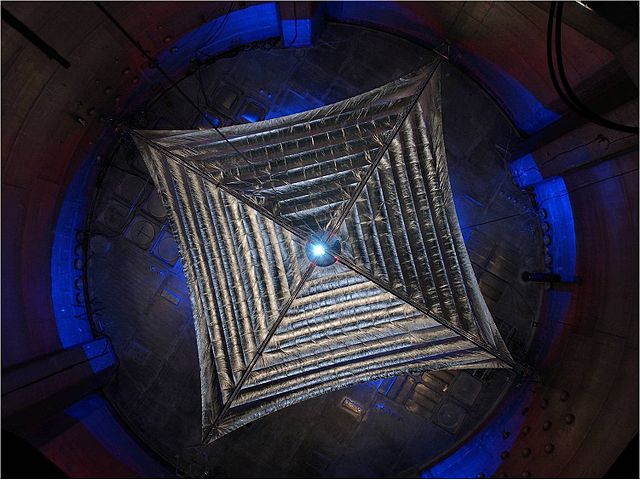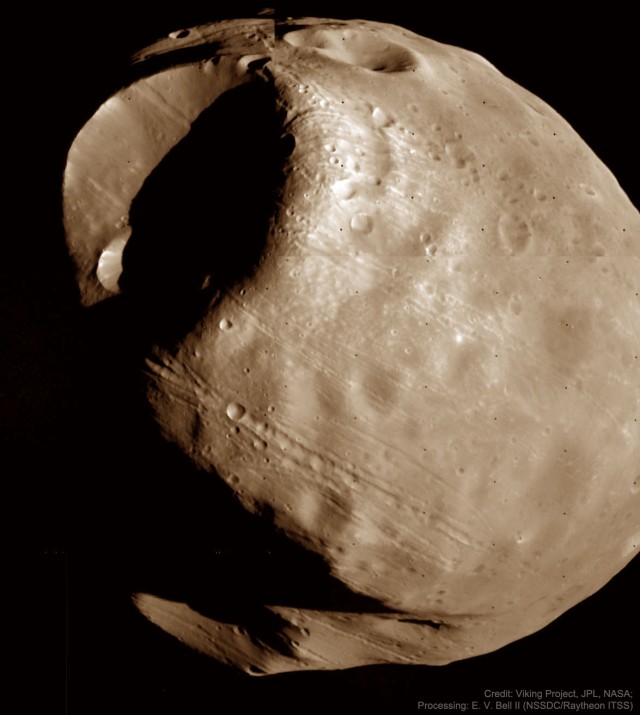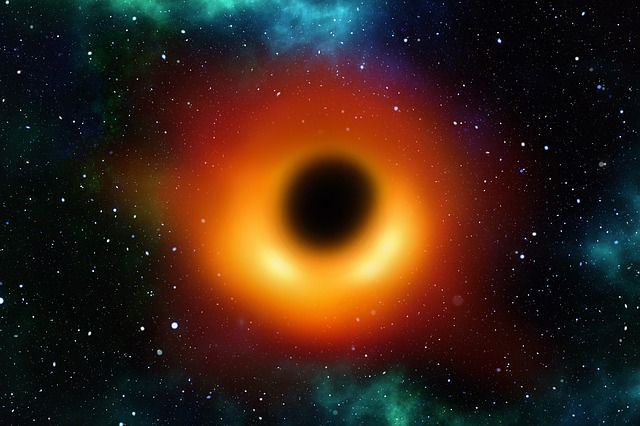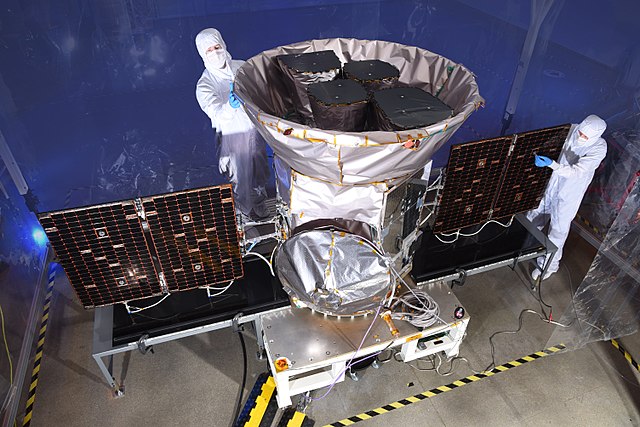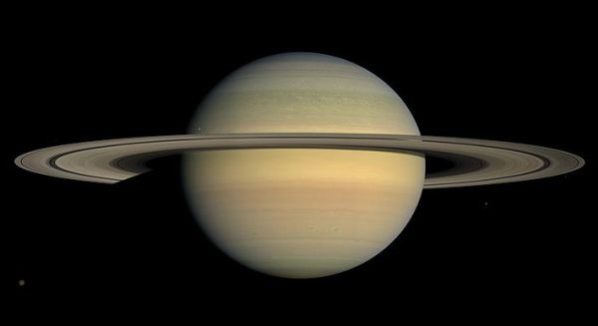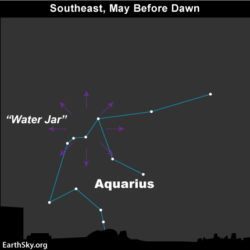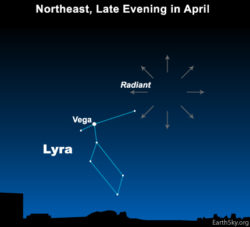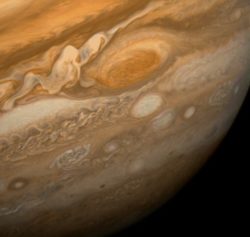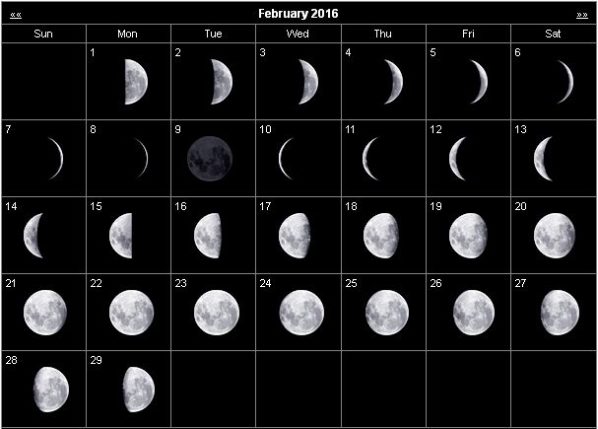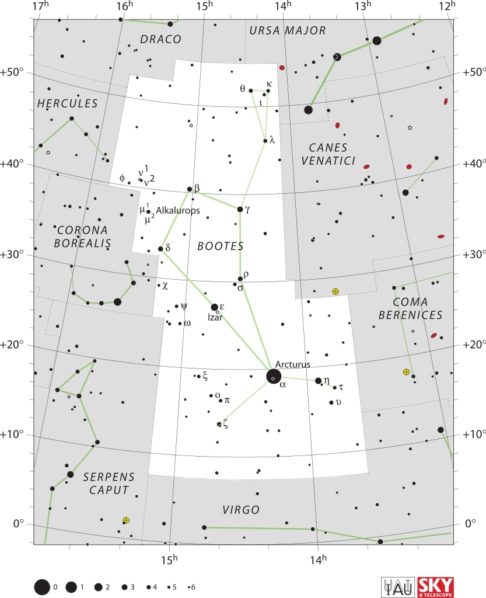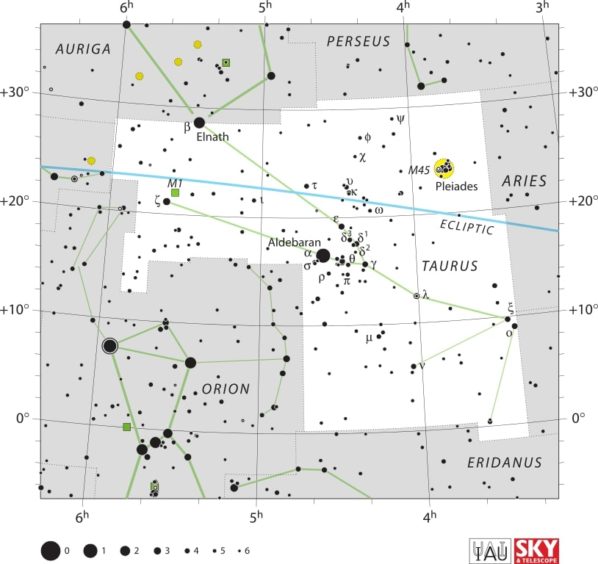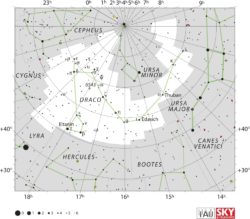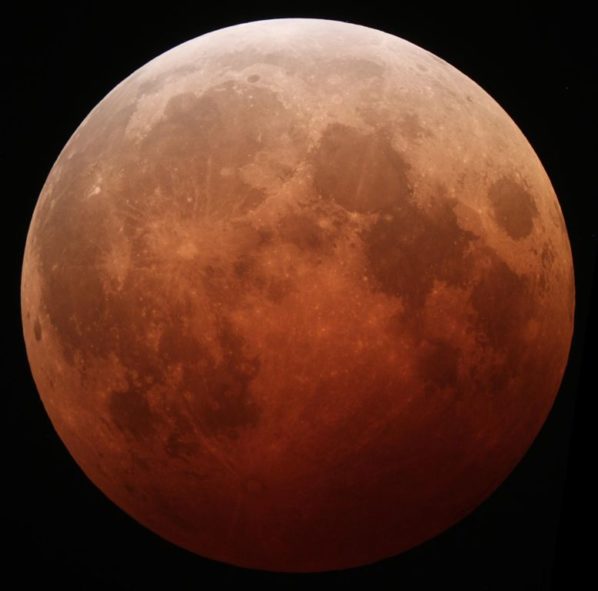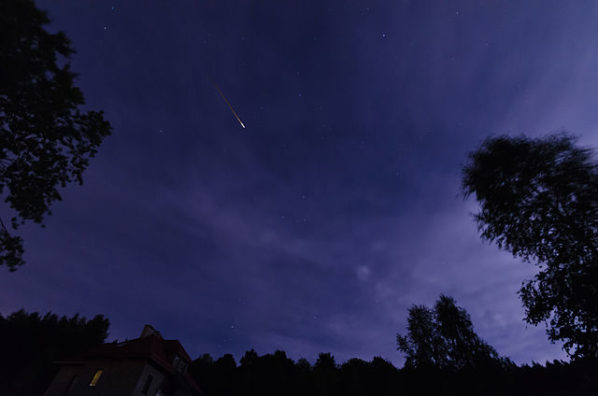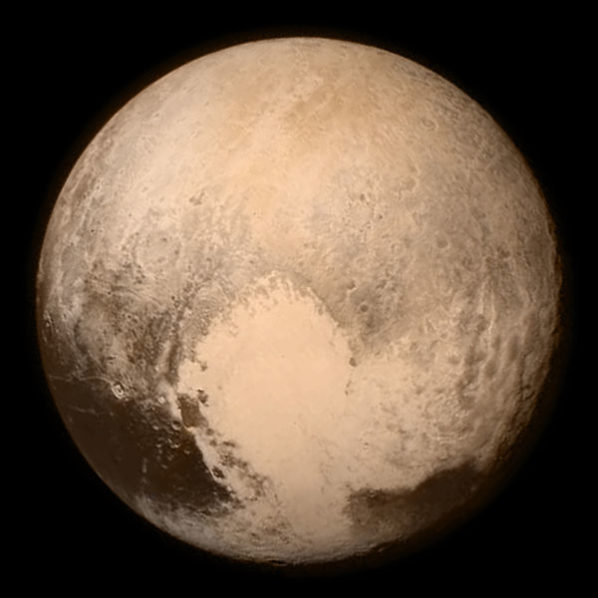How to Check Out if Your Mac Has Viruses
In our article, you will find the best tips on how to check your computer for viruses. Does your Mac act weird lately, and you have no idea what to do? You can easily find out here the best tips to avoid viruses!
What Is LightSail and How Does It Work?
LightSail 2, by the Planetary Society, uses solar propulsion, harnessing sunlight for spacecraft travel, revolutionizing space exploration.
The Top 10 Photographs of Celestial Objects
Stunning celestial photos by NASA capture Jupiter's abyss, lunar sunrise, dying star Eta Carinae, cosmic rose Rosette Nebula, and more wonders.
83 Black Holes Found at the Edge of the Universe
Astronomers discovered 83 supermassive black holes at the edge of the universe, reshaping our understanding of black hole formation.
TESS Space Telescope Discovers First Exoplanet
The TESS space telescope is designed to scan the night sky in search of one thing—exoplanets, or planets outside of our solar system.
How to Turn Your Business Content into Backlink Magnet
Here are ten data-proven strategies to make your content more link-worthy and drive sustained traffic long after it's published.
Monthly Stargazing Calendar for June 2016
On June 3 Saturn will be at opposition, which means it will be at its closest approach to Earth and its face will be fully illuminated by the Sun. This is the best time to view and photograph Saturn and its moons because it will be brighter than any other time of the year and will be visible all night long.
Repurposing Shipping Containers As Homes: Why This Is Now A “Thing”
Shipping containers are big metal objects that get used to transport physical objects. Many of the products that we use in our daily lives will no doubt have got transported across many oceans in them. When shipping containers get taken out of service, they often get scrapped. But, one ingenious way to save them from the scrap heap…
Monthly Stargazing Calendar for May 2016
Early this month on the night of May 5 and 6 the Eta Aquarids meteor shower will peak. It is an above average shower, capable of producing up to 60 meteors per hour at its peak, however most of the activity will be seen in the Southern Hemisphere. In the Northern Hemisphere, the rate can reach only about 30 meteors per hour.
Monthly Stargazing Calendar for April 2016
On the night of April 22 and 23 the Lyrids meteor shower will peak. It is an average shower, usually producing about 20 meteors per hour at its peak, although some meteors may be seen any time from April 16 to 25. It originates from dust particles left behind by comet C/1861 G1 Thatcher, which was discovered in 1861.
Monthly Stargazing Calendar for March 2016
March 2016 brings exciting astronomical events: Jupiter at opposition, total solar eclipse, March equinox, and penumbral lunar eclipse. Explore more!
Monthly Stargazing Calendar for February 2016
On February 7 Mercury will be at greatest western elongation of 25.6 degrees from the Sun. This makes it the best time to view Mercury since it will be at its highest point above the horizon in the morning sky. Look for the planet low in the eastern sky just before sunrise.
Monthly Stargazing Calendar for January 2016
On the night of January 3 and 4 the Quadrantids meteor shower will peak. It is an above average shower, with up to 40 meteors per hour at peak, although some meteors can be visible between January 1 and 5. The meteors originate from dust grains left behind by an extinct comet known as 2003 EH1, which was discovered in 2003.
5 Modular Solutions for the City of the Future
As the population in cities grows, they are forced to expand continuously to accommodate that growth. The problem with this is that most cities expand outward, taking up more land. While this is one solution, it's not exactly what you would call efficient.
Monthly Stargazing Calendar for December 2015
On the night of December 13 and 14 the Geminids meteor shower will peak. It is considered by many to be the best shower in the heavens, producing up to 120 multicolored meteors per hour at its peak. This is why it is known as the king of meteor showers. Some meteors can also be seen anytime from December 7 to 17.
Monthly Stargazing Calendar for November 2015
On the night of November 5 and 6 we will witness the peak of the Taurids meteor shower. It is a long-running minor meteor shower producing only about 5-10 meteors per hour at peak, while some meteors can also be seen from September 7 to December 10. However it is unusual in that it consists of two separate streams. The first is produced by dust grains left behind by Asteroid 2004 TG10. The second one is produced by debris left behind by Comet 2P Encke.
Monthly Stargazing Calendar for October 2015
On October 8 we will witness the Draconids meteor shower. It is a minor meteor shower producing only about 10 meteors per hour originating from dust grains left behind by comet 21P Giacobini-Zinner, which was first discovered in 1900. The Draconids is an unusual shower in that the best viewing is in the early evening instead of early morning like most other showers.
Monthly Stargazing Calendar for September 2015
On September 13 there will be a partial solar eclipse. This type of eclipse occurs when the Moon covers only a part of the Sun, sometimes resembling a bite taken out of a cookie. For safety reasons, an eclipse should only be observed with a special solar filter or by looking at the Sun's reflection.
Monthly Stargazing Calendar for August 2015
This month on the night of August 12 and 13 we will witness the Perseids meteor shower, which is one of the best meteor showers to observe, producing up to 60 meteors per hour at its peak. Some meteors can also be seen from July 17 to August 24. It originates from debris produced by comet Swift-Tuttle, which was discovered in 1862.
Monthly Stargazing Calendar for July 2015
On July 14 NASA's New Horizons spacecraft is scheduled to arrive at Pluto after a nine and a half year journey. It was launched on January 19, 2006 and will be the first spacecraft to visit Pluto. New Horizons will give us our first close-up views of the dwarf planet and its moons.


